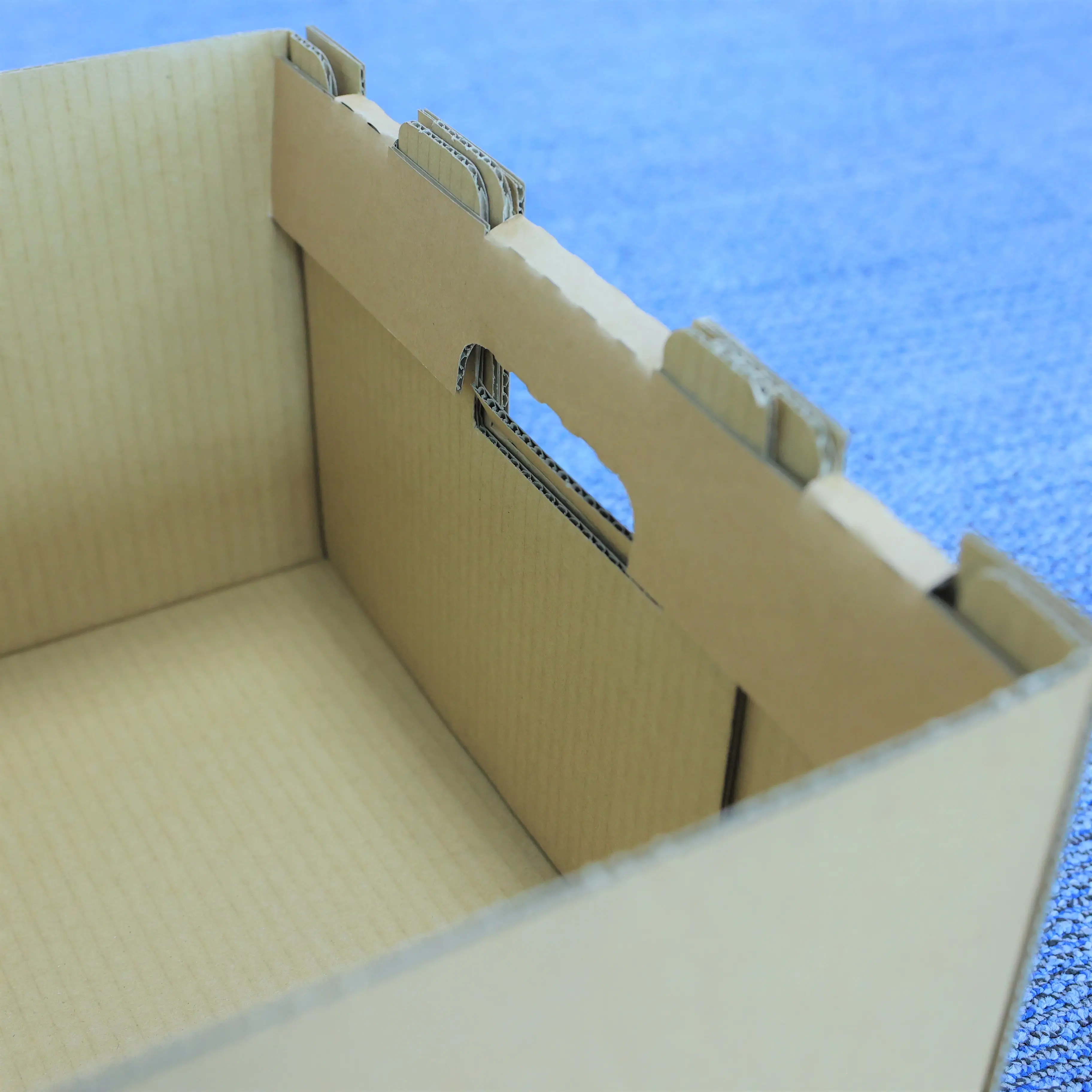Understanding the Role of Wax Coated Boxes in Supply Chain Optimization
What Is Supply Chain Efficiency and Why Packaging Matters
Getting supply chains to work efficiently means cutting down on waste, saving money, and avoiding unnecessary delays while keeping things moving fast and dependable. Packaging sits right at the heart of all this, basically serving as protection from damaged products, bad weather conditions, and wasted space during transport. Studies looking at better packaging options indicate these improvements can slash shipping expenses somewhere around 15-20% each year because boxes stack better and we end up throwing away less material. When dealing with stuff that goes bad quickly, items sensitive to temperature changes, or anything shipped in humid environments, regular packaging just doesn't cut it anymore. That's why wax coated boxes have become so important in today's shipping world, offering protection where standard materials fall short.
How Wax Coated Boxes Reduce Logistical Bottlenecks
Wax coated boxes help reduce those pesky problems that come up during shipping because they offer both protection from moisture and solid structural strength. The waterproof layer stops boxes from getting warped when exposed to humidity, something that actually causes around 23% of all failures in cold chain packaging according to Logistics Quarterly back in 2023. With their robust construction, these boxes can be packed closer together on pallets, saving companies about 12% on refrigeration energy bills while also cutting down on those frustrating delays when shipments get damaged somehow. Seafood companies especially benefit since they see roughly 28% fewer delivery rejections when their products arrive with intact packaging instead of getting ruined during transport.
Case Study: Cold-Chain Logistics Improvement With Waxed Cardboard Boxes
A small seafood business exporting products from the Mediterranean Sea switched to wax-coated shipping boxes for their international deliveries. Spoilage rates went down quite a bit during the first half year after implementation, dropping from around 9 percent to just 6 percent. These boxes held up really well even when exposed to high humidity levels (about 85%) and temperature swings ranging from below freezing at minus 2 degrees Celsius all the way up to 15 degrees. The new packaging saved workers a total of roughly 32 hours each week that used to be wasted on fixing wet, damaged containers. Plus, there were far fewer insurance claims related to water damage too something that decreased by almost two thirds according to company records.
Trend Analysis: Global Adoption of Wax Coated Boxes in Distribution Networks
The market for wax coated packaging looks set to expand quite substantially over the next few years, growing at around 7.2 percent annually until 2028. Much of this growth comes from two main areas: the pharmaceutical industry where adoption rates have jumped by nearly half, and the fresh produce sector which continues to see steady increases. Things are getting interesting in Europe too, where new rules require stronger packaging for frozen goods being shipped abroad. This has boosted demand there by roughly 19 percent each year since implementation. Meanwhile across Asia, several key logistics centers including Singapore and Shanghai have noticed customs processing times dropping by about 31 percent when dealing with wax coated packages. The reason? Inspectors spend less time checking these shipments because they know the wax coating provides better protection during transport.
Strategy for Integrating Wax Coated Packaging Into Existing Supply Chains
- Audit vulnerability points: Identify stages with high humidity, temperature shifts, or compression risks
- Conduct load tests: Compare wax coated vs. standard boxes under simulated shipping conditions
- Phase implementation: Prioritize high-value or temperature-sensitive product lines
- Train staff: Highlight correct stacking methods to leverage wax coatings’ 2.3x higher wet-strength rating
Businesses achieve full ROI within 14 months on average through reduced damage claims and inventory loss.
Moisture Resistance and Durability: Key Performance Advantages of Wax Coated Boxes
The impact of moisture on standard corrugated packaging
Standard corrugated boxes lose up to 60% of their compression strength within 48 hours in humid environments (Ponemon 2023). Moisture weakens cellulose fibers and dissolves starch-based adhesives, causing box walls to delaminate. This vulnerability leads to $2.3 billion in annual logistics damages globally from collapsed packaging in cold-chain operations.
How wax coating prevents degradation in high-humidity and refrigerated environments
Wax coated boxes create a hydrophobic barrier that blocks liquid water absorption while allowing vapor transmission. This dual functionality prevents fiber swelling in refrigerated trucks (where relative humidity often exceeds 85%) and inhibits mold growth during produce shipping. The phase-change properties of food-grade paraffin waxes help maintain box integrity across temperature fluctuations from -20°C to 40°C.
Data comparison: Standard vs. wax coated boxes under condensation stress
| Metric | Standard Box (24hrs) | Wax Coated Box (24hrs) |
|---|---|---|
| Moisture Absorption | 28% weight gain | 3% weight gain |
| Edge Crush Test | 42% strength loss | 8% strength loss |
| Stacking Failure Rate | 1:15 pallets | 1:450 pallets |
Compression strength retention in waxed cardboard after cold storage exposure
Wax coated boxes retain 85% of original compression strength after 14 days in cold storage, compared to 35% for uncoated alternatives. The wax matrix reinforces fiber bonds without rigidifying the material, maintaining crucial flexibility for load shifting during transport. This performance aligns with ASTM D5639-23 standards for refrigerated packaging, ensuring compatibility with automated material handling systems.
Protecting Perishable Goods: The Critical Function of Wax Coated Boxes in Temperature-Sensitive Logistics
Preservation challenges for produce, seafood, and poultry during transit
Moving perishable goods is all about fighting off condensation, dealing with temperature changes, and managing physical stress at the same time. The USDA reported last year that around $15 billion worth of produce gets spoiled just during transportation. Seafood isn't faring much better either with losses between 12% and 25% because of moisture problems alone. What these products really need is packaging that can keep temperatures steady somewhere between 32 and 41 degrees Fahrenheit. They also require humidity control so mold doesn't grow when levels go above 85%. And let's not forget about the actual physical demands on the packaging materials themselves since they have to survive multiple times being handled without falling apart.
How wax coated boxes maintain freshness, safety, and hygiene
The paraffin wax layer acts as a molecular sieve, blocking liquid water while permitting controlled vapor transmission (3â€"5 g/m²/24hr). This prevents soggy produce without creating anaerobic conditions that accelerate spoilage. Full-penetration wax treatments increase box durability by 60% compared to standard corrugated containers under ISTA testing protocols.
Real-world example: Seafood exporters reducing spoilage rates by 30%
A Norwegian salmon exporter switched to wax coated boxes for transatlantic shipments, achieving:
| Metric | Before Wax Boxes | After Wax Boxes |
|---|---|---|
| Condensation incidents | 42% of shipments | 9% of shipments |
| Crushing defects | 18% | 3% |
| Customs rejections | 13% | 4% |
The 30% reduction in spoilage translated to $2.7 million in annual savings and extended shelf life by four days.
Aligning wax coated packaging with food safety and regulatory standards
Food-grade paraffin wax meets FDA 21 CFR 175.250, EU Regulation 1935/2004, and NSF/ANSI 51 certification for direct food contact. Recent reforms like the UK Plastic Packaging Tax (2022) incentivize wax alternatives over plastic shrink wraps, with 18 countries offering tax credits for approved bio-based coatings.
Advanced Wax Application Techniques for Enhanced Box Performance and Sustainability
Comparative analysis: Impregnation, curtain coating, and cascading methods
Wax coated boxes today generally use three main ways of applying wax, depending on what needs to be transported. The first method is impregnation where wax gets soaked deep into the cardboard fibers. This gives excellent moisture protection and works great when shipping perishables like seafood through refrigerated chains. Then there's curtain coating which spreads wax across the surface in even layers. The result is a nice smooth finish that stops condensation from forming but still keeps the box flexible enough to handle. Lastly we have cascading techniques. These involve letting wax flow down onto the box by gravity, concentrating extra protection on weak spots such as corners and seams where damage often starts during shipping.
| Method | Coverage | Wax Usage | Best For |
|---|---|---|---|
| Impregnation | Full saturation | High | Extreme humidity exposure |
| Curtain Coating | Surface layer | Medium | Consistent moisture barriers |
| Cascading | Targeted zones | Low | Structural reinforcement |
Innovation trend: Precision wax application to minimize waste and improve consistency
Automated spray systems now achieve micron-level accuracy, reducing wax usage by 22% while maintaining protective performance (Packaging Tech Journal 2023). Infrared sensors map box surfaces in real-time, adjusting application thickness based on expected humidity levels. This advancement helps manufacturers balance durability requirements with sustainability goals, particularly for temperature-sensitive pharmaceutical shipments.
Balancing biodegradability concerns with structural reliability
Plant based wax blends now break down around 40 percent quicker compared to regular petroleum waxes, yet still keep about 95% of their strength even after sitting in the fridge for a month straight according to that Sustainable Materials Review from last year. The new dual layer coating tech actually puts together a biodegradable outside layer with a super thin synthetic base underneath. This setup meets what the environment laws require but also handles weight properly when needed. Tests done by independent labs found something interesting too these special boxes can take on roughly 28% more pressure when stacked high in humid storage areas than normal wax treated boxes would handle. Makes sense why manufacturers are starting to switch over.
FAQ
What are wax coated boxes?
Wax coated boxes are packaging solutions that include a layer of wax to provide moisture resistance and increased structural strength for better protection during transportation.
Why are wax coated boxes important in the supply chain?
Wax coated boxes are crucial for reducing moisture-related damages, improving stacking, saving on refrigeration energy, and decreasing logistics bottlenecks, especially in temperature-sensitive shipments.
How do wax coated boxes enhance cold-chain logistics?
They prevent moisture-induced warping, reduce spoilage rates, and enhance structural integrity during transport, leading to fewer delivery rejections and cost savings.
What industries benefit the most from wax coated boxes?
The seafood industry, pharmaceuticals, and fresh produce sectors notably benefit from using wax coated boxes due to their need for moisture control and temperature stability.
How environmentally sustainable are the current wax coating techniques?
With advances in plant-based wax blends and precision application methods, wax coated boxes are increasingly eco-friendly, offering faster biodegradability and reducing wax usage substantially.
Table of Contents
-
Understanding the Role of Wax Coated Boxes in Supply Chain Optimization
- What Is Supply Chain Efficiency and Why Packaging Matters
- How Wax Coated Boxes Reduce Logistical Bottlenecks
- Case Study: Cold-Chain Logistics Improvement With Waxed Cardboard Boxes
- Trend Analysis: Global Adoption of Wax Coated Boxes in Distribution Networks
- Strategy for Integrating Wax Coated Packaging Into Existing Supply Chains
- Moisture Resistance and Durability: Key Performance Advantages of Wax Coated Boxes
- Protecting Perishable Goods: The Critical Function of Wax Coated Boxes in Temperature-Sensitive Logistics
- Advanced Wax Application Techniques for Enhanced Box Performance and Sustainability
- FAQ


